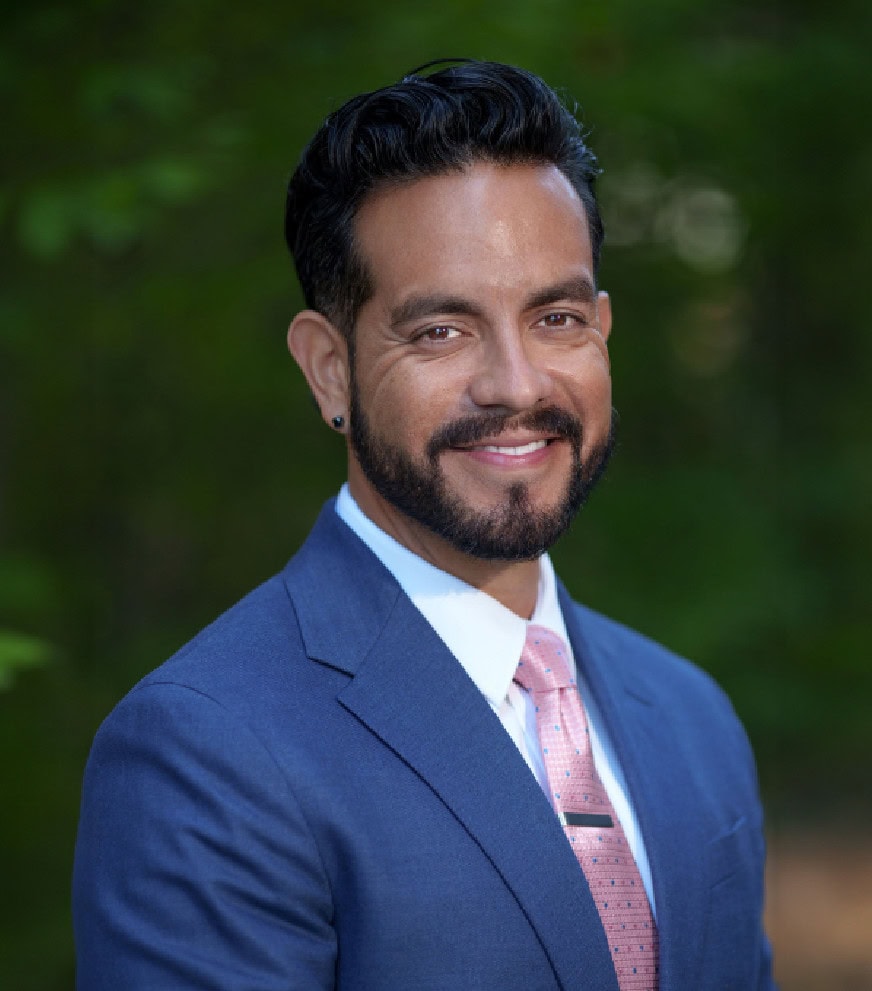
Addressing the Problem With Problems (Part 1)
Searching for Solutions to the Challenges of Education Policy and Practice
As H.L. Mencken stated, “For every complex problem there is an answer that is clear, simple, and wrong.” And education policy and practice is riddled with complex problems that are void of any clear or simple solution.
Take the No Child Left Behind Act of 2001 (NCLB) as an example.
On one hand, as intended, NCLB addressed some very complex and long-standing problems related to ensuring that all students had the opportunity to receive a fair, equitable, and high-quality education.
- The law improved transparent reporting among schools and for traditionally under-served student subgroups.
- It authorized actions to ensure that students in chronically low-performing schools received academic supports. It expanded options for parents who sought improved educational opportunities for their children.
- By shining a spotlight on longstanding inequalities, it prompted action to improve educational access and opportunity for underserved minorities and the nation’s most vulnerable students.
Like most radical education policy, NCLB also created some major unintended problems. For example,
- The law influenced the proliferation of standardized testing; essentially incentivizing poor instructional practices (e.g., teaching to the test).
- That focus on test scores disincentivized curriculum and assessment of higher-order skills such as critical thinking.
- Many effective schools were mislabelled as failing.
- Consequently, it drove highly-effective and hard-working educators out of the education workforce.
One could argue that NCLB’s “solution” to rectifying systemic inequities failed to address the complexities associated with achievement gaps and persistent underperformance. Regardless of where you stand on NCLB, it offers important lessons about problem-solving in education.
What Can NCLB Teach Us About the Problem With Identifying Problems?
First, the biggest problems in education policy are highly complex and layered. They emerge from systems in which root causes are deeply entrenched, hidden, and evasive. Attempting to solve problems such as “how can we stop over-testing students,” or “how do we improve effective teaching,” may seem obvious. To stop over-testing, simply reduce the number of tests you administer. Or, to improve teaching, require additional certification for teachers. Simple, right?
Second, you might consider problems like nesting dolls; as soon as one problem is cracked open, a new problem emerges. Unlike nesting dolls, however, the problems are rarely smaller as new ones emerge. As soon as you solve one problem, another one emerges just as complex and difficult as the one you just solved.
For example, let’s consider a scenario in which a district assessment director conducts an assessment inventory in an attempt to solve the over-testing problem:

Third, the same problem can look very different depending on whose perspective is considered. The district assessment director may see over-testing as an assessment literacy problem.
- The chief finance officer sees it as a financial problem. Too many tests are costing the districts thousands of dollars that could, and should, be invested elsewhere. And there is no money to either (1) buy a new assessment program or (2) pay teachers in the district to develop a series of interim assessments.
- The chief academic officer sees it as a curriculum resource problem. Specifically, the curriculum-embedded assessments available to teachers are poor quality and, therefore, teachers rely on other types of assessment that are often poorly aligned to the taught curriculum. She is pushing to shift money from testing to better curriculum resources (which would include higher-quality curriculum-embedded assessments).
- And the technology director sees it as a hardware problem. She thinks that testing could be streamlined through better student hardware that also will support remote instruction.
Problem solving can be a bit of a balancing act as solving one problem can create new problems for different groups, an outcome that is especially likely when sufficient perspectives are not taken into consideration.
As Andy Hargreaves (1994) noted, “Perhaps the real challenge of reform as a continuous process, though, is acknowledging that every solution has a problem. This is the ultimate perversity of postmodernity. What we can perhaps most hope for is not the achievement of perfect, utopian solutions, but elevation to a better class of problems.” (p. 138)
Thinking About the Problem Before the Solution
When silver bullet solutions are highly unlikely and compromises are inevitable, it is critical that we devote more time to understanding and defining the problem we are trying to solve before rushing forward with solutions.
To paraphrase Einstein, if we only had an hour to solve a problem, we should spend 55 minutes thinking about the problem and 5 minutes thinking about solutions. The time invested in defining the problem will pay substantial dividends in the quality of the solution and the efficiency in implementing it.
In Part 2 of this post, we will address how education agencies can spend those hypothetical 55 minutes wisely by constructing clear and well-defined problem statements to help them better think about the problem they are trying to solve, which is the first step in moving toward a solution.

